Calisthenics vs. Weightlifting: A Comprehensive Comparison
Calisthenics, often referred to as bodyweight training, revolves around using your own body weight as resistance to build strength and improve flexibility.
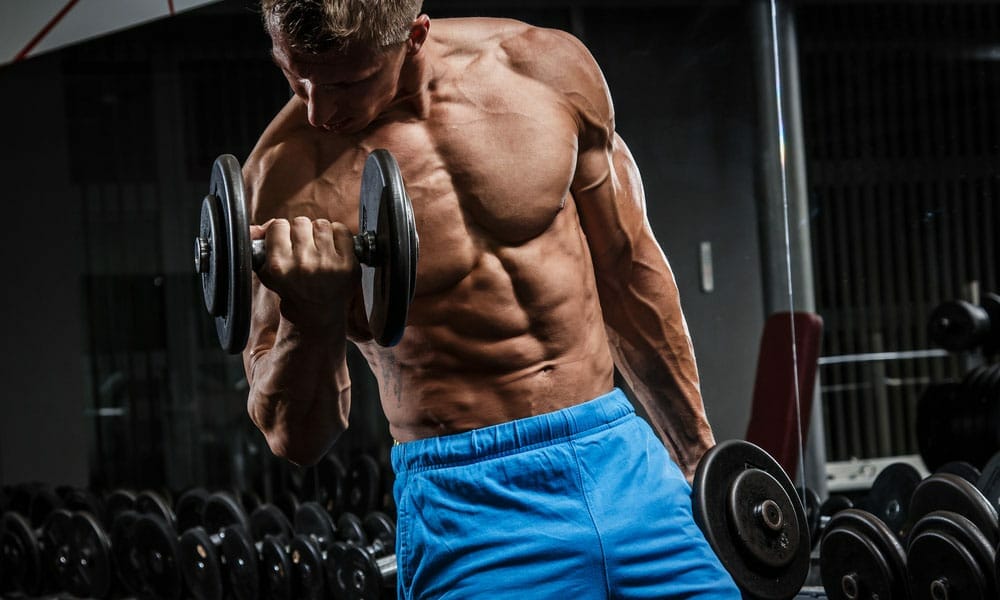
Introduction
When it comes to strength training and building a well-rounded physique, two popular methods often come to mind: calisthenics and weightlifting. Each approach has its unique advantages and appeals to a different set of fitness enthusiasts. In this comprehensive comparison, we'll break down the key differences, benefits, and drawbacks of calisthenics and weightlifting to help you choose the one that suits your fitness goals and preferences.
Strength Training and Body Building
Strength training, a cornerstone of physical fitness, involves purposefully engaging your muscles against resistance to enhance strength, endurance, and overall health. This form of exercise can take various forms, from lifting free weights to using specialized machines or even relying on your body weight for resistance. Regardless of the approach, the central principle remains consistent: progressively challenging your muscles to adapt and grow stronger. Strength training offers a plethora of benefits, including increased muscle mass, improved bone density, enhanced metabolism, and better functional performance in daily life. It is a vital component of a balanced fitness regimen, contributing not only to physical strength but also to enhanced well-being and longevity.

Bodybuilding is a fitness discipline dedicated to sculpting and developing the muscles of the body to their utmost potential. It involves rigorous weight training, structured nutrition, and precise supplementation to achieve a highly defined and muscular physique. Bodybuilders often follow specialized workout routines that target specific muscle groups, emphasizing both muscle size (hypertrophy) and symmetry. Nutrition plays a crucial role in bodybuilding, with a focus on protein intake for muscle repair and growth, along with careful monitoring of macronutrients and calorie intake. Bodybuilders often compete in bodybuilding competitions, where their hard work and dedication are showcased through mandatory poses that highlight muscle definition and aesthetics. Beyond the competitive aspect, bodybuilding serves as a powerful means for individuals to achieve personal fitness goals, boost self-confidence, and develop a deep sense of discipline and dedication.
Calisthenics
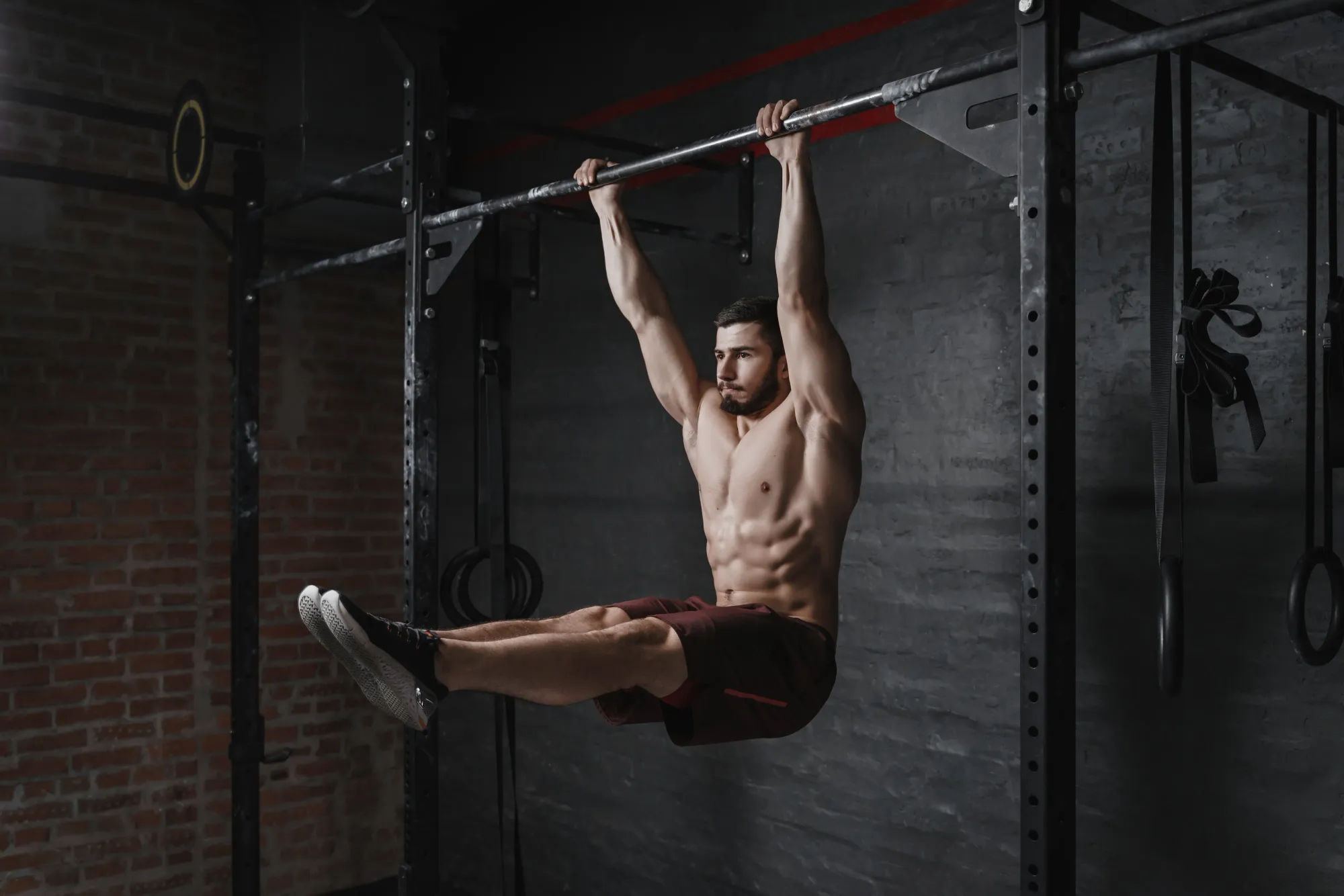
Calisthenics, often referred to as bodyweight training, revolves around using your own body weight as resistance to build strength and improve flexibility. Common calisthenics exercises include push-ups, pull-ups, dips, squats, lunges, planks, and various core workouts. It's renowned for its emphasis on functional strength and can be performed virtually anywhere without specialized equipment.
Weightlifting
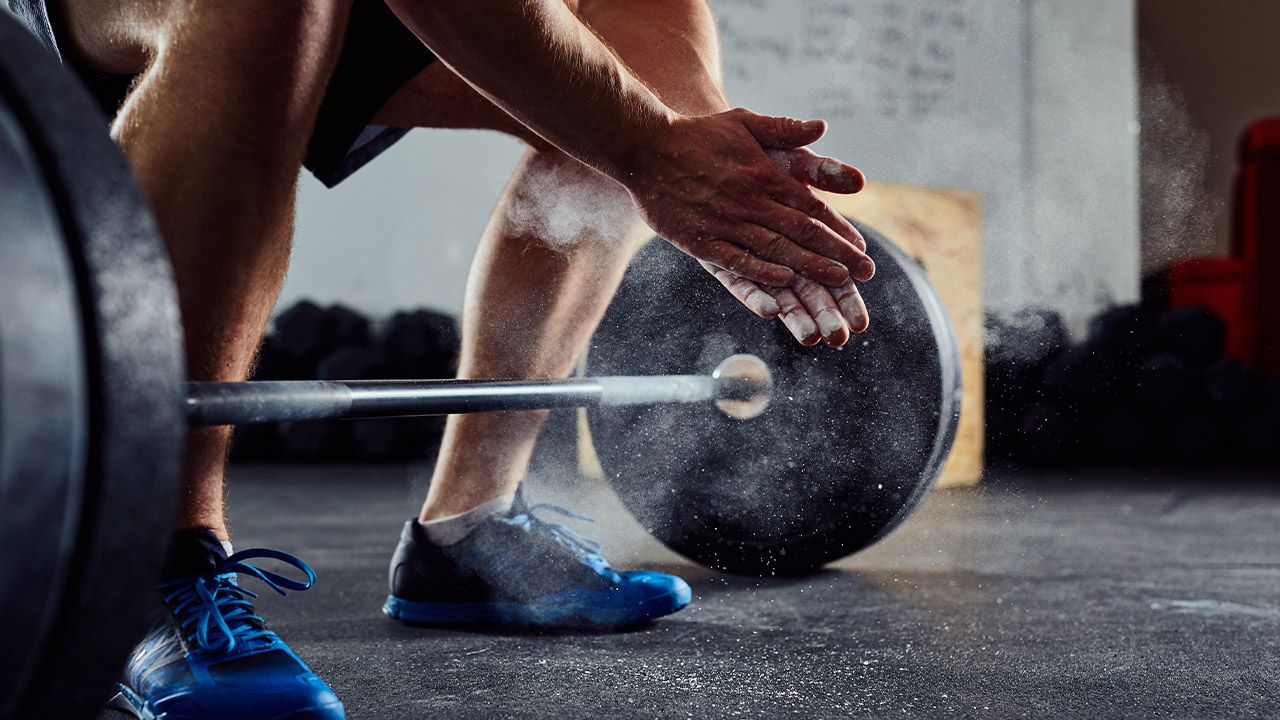
Weightlifting, also known as resistance or strength training, involves lifting weights or using resistance machines to build muscle and strength. Exercises in this realm include squats, deadlifts, bench presses, overhead presses, and various isolation movements. Weightlifting grants precise control over resistance levels, facilitating progressive overload of muscles.
Calisthenics vs. Weightlifting
While calisthenics and weightlifting share a common root, they exhibit some distinctions.
It's important to recognize that both forms of exercise offer similar resistance, effectively promoting muscle growth and increased strength. Therefore, as long as your workouts are sufficiently intense, you will witness positive results, whether you opt for calisthenics or weightlifting.
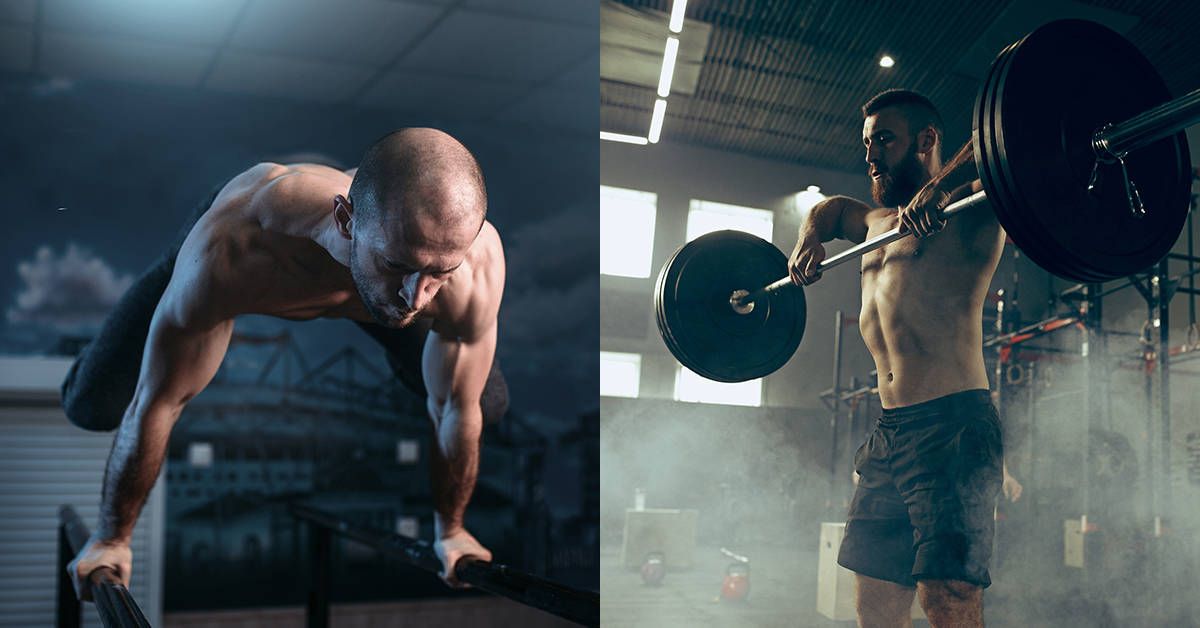
Calisthenics workouts are versatile and can be done anywhere, while weight training requires equipment. Calisthenics engage the entire body with various exercises, while weight training focuses on specific muscle groups. Calisthenics involve compound movements, making them effective for calorie burning, whereas weight training consists of isolated exercises that require less energy but still build muscle mass and boost your resting metabolic rate.
Before making a decision between committing to intensive weightlifting or transitioning to calisthenics, it's essential to understand the benefits and drawbacks of each approach.
Benefits of Calisthenics:
- Minimal Equipment: Calisthenics requires little to no equipment, making it an accessible and cost-effective choice for many.
- Functional Strength: It enhances your ability to perform everyday movements, such as lifting, pushing, and pulling, translating into practical benefits in daily life.
- Improved Flexibility: Many calisthenic movements involve stretching and dynamic mobility, leading to increased flexibility over time.
- Body Control: Calisthenics promotes better body awareness, balance, and control as you work with your own body weight.
- Versatility: There are countless variations and progressions in calisthenics, ensuring that you can continually challenge yourself as you progress.
Drawbacks of Calisthenics:
- Limited Progression: As you become more advanced, it can be challenging to increase the resistance in calisthenics exercises without additional equipment or creative variations.
- Slower Muscle Growth: Building muscle mass with calisthenics can be slower compared to weightlifting, especially for those aiming for significant muscle hypertrophy.
Benefits of Weightlifting:
- Muscle Hypertrophy: Weightlifting is highly effective for building muscle mass, making it a preferred choice for bodybuilders and those looking to increase muscle size.
- Progressive Overload: You can easily adjust the weight you lift to progressively challenge your muscles, promoting continuous gains.
- Efficiency: Weightlifting workouts can be shorter and more efficient compared to calisthenics because of the ability to target specific muscle groups with heavier resistance.
- Variety: Gyms typically offer a wide range of equipment, allowing for a variety of exercises that target different muscle groups.
- Specific Goals: Weightlifting is well-suited for achieving specific strength and physique goals, such as powerlifting or bodybuilding competitions.
Drawbacks of Weightlifting:
- Equipment Dependent: Access to weights or gym equipment is essential, which can be a limitation for some individuals, especially during travel or lockdowns.
- Risk of Injury: Poor form or lifting too heavy too soon can lead to injuries, emphasizing the importance of proper technique and gradual progression.
- Less Functional: While weightlifting builds impressive muscle mass, it may not always translate directly into functional strength for daily activities.
Choosing the Right Approach
The choice between calisthenics and weightlifting ultimately depends on your personal fitness goals, preferences, and circumstances. Here are some considerations to help you make an informed decision:
- Muscle Growth: If your primary goal is muscle hypertrophy, weightlifting may be more effective due to its ability to provide progressive overload.
- Convenience: Calisthenics offers the advantage of being easily accessible without the need for specialized equipment, making it suitable for those who prefer outdoor workouts or have limited access to a gym.
- Functional Strength: If you prioritize functional strength and overall body control, calisthenics can be an excellent choice.
- Variety: Both approaches can be combined to create a well-rounded fitness routine that includes the benefits of both calisthenics and weightlifting.
What is better for building strength?
If your primary goal is long-term strength development, weightlifting is the preferred route. The use of external weights facilitates the effective targeting and overloading of specific muscle groups, leading to the creation of micro-tears within the muscle fibers, thereby stimulating muscle growth and hypertrophy, which in turn bolsters muscle strength.
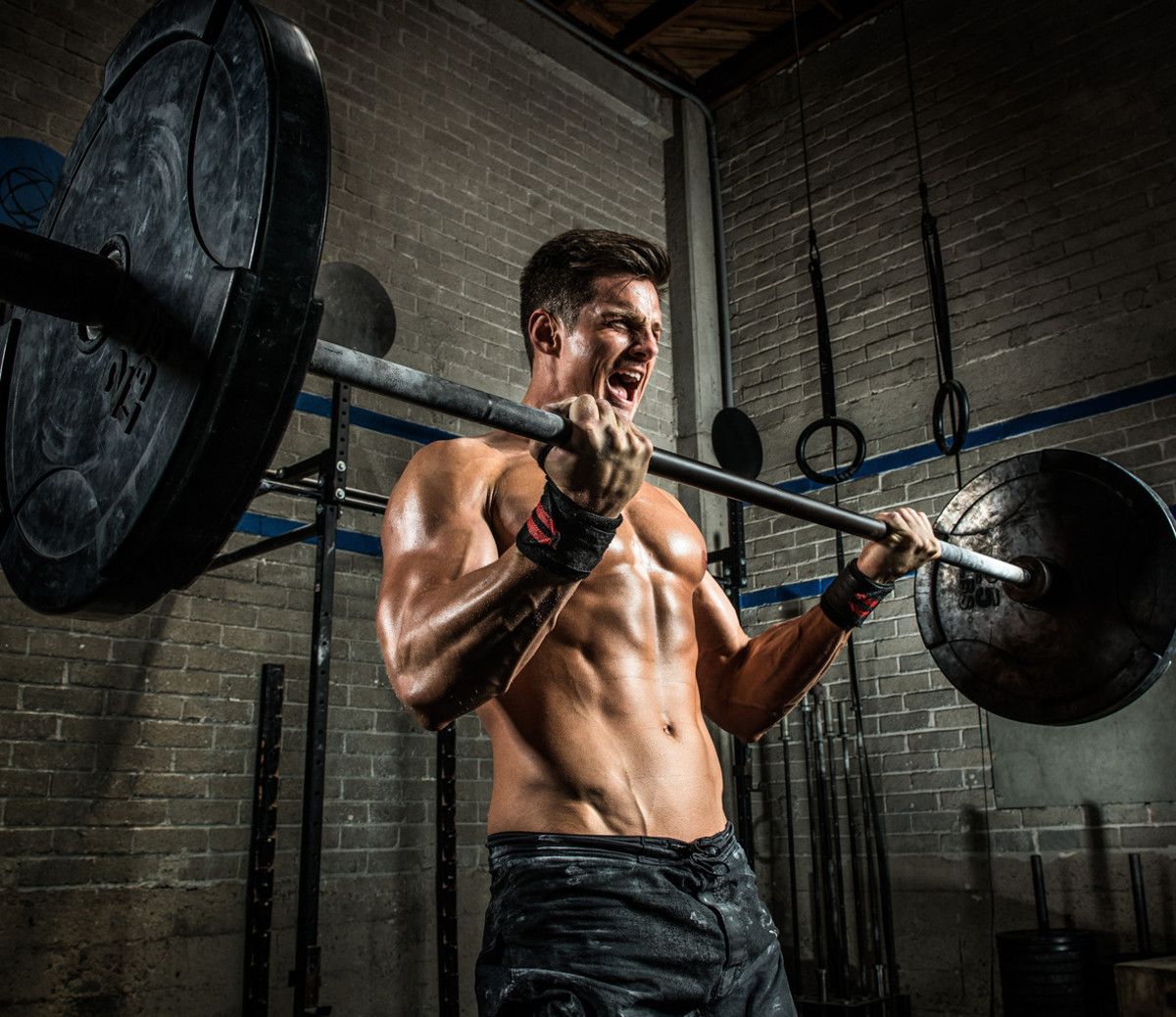
This isn't to suggest that calisthenics doesn't yield strength benefits. The dynamic and compound movements inherent in calisthenics demand substantial strength. Moreover, with proper technique, it is possible to incorporate enough resistance to enhance muscle size and strength.
However, if your primary objective is to strengthen a particular muscle group, weightlifting stands out as the superior choice.
What is better for burning calories?
Calisthenics excels at calorie burning, making it a valuable tool for weight loss and reducing body fat. Its dynamic and comprehensive movements demand significant energy expenditure, leading to the burning of calories. The more calories you burn, the greater your potential for weight loss.

Calisthenics can also be seamlessly integrated into high-intensity workouts like HIIT or circuit training, further amplifying the calorie-burning effect.
In contrast, weightlifting, with its isolated movements, may not require as much immediate energy expenditure. However, it remains a valuable contributor to overall weight loss by enhancing muscle development, thereby elevating your basal metabolic rate—increasing the number of calories your body burns even at rest.
What about combining both approaches?
An alternative approach is to blend calisthenics with weightlifting, allowing you to reap the benefits of both methods simultaneously.
There are a couple of ways to integrate calisthenics and weightlifting:
- Incorporate both techniques within the same workout session. You can combine calisthenics and weightlifting exercises during a single strength-training session.
- Alternate between the two methods on different days. If you prefer focusing on one approach at a time, consider alternating between calisthenics and weightlifting throughout the week.
However, it's vital to exercise caution and avoid excessive strain on your muscles when combining these techniques. Ensure you schedule adequate rest days and remain attentive to your body's signals.
FAQs
Can you build muscle with only calisthenics?
Yes, you can. All workouts, with weights or not, can build muscle. However, calisthenics builds more natural-looking muscles.
Can you lose weight with only calisthenics?
Yes, you can. Bodyweight workouts will burn fat and help you build lean muscles. You can make bodyweight exercises harder by using resistance bands or incorporating them in a HIIT routine.
Is calisthenics harder than weightlifting?
Yes, Calisthenics is harder than lifting weights because of the smaller muscles you need to use in order to stabilize yourself during the movements. Weight training often focuses on bigger muscle groups, so smaller ones are often ignored or forgotten about.
What are the hardest calisthenics exercises?
Some of the hardest calisthenics exercises are Superman Push-up, One-handed Superman Push-up, 90-degree Push-up, 2-finger push-up, The Human Flag, etc.
Conclusion
Individual preferences and goals can vary greatly. Some individuals may find success and fulfillment by incorporating elements of both methods into their fitness regimen. Ultimately, the key to success in either calisthenics or weightlifting is consistency, proper technique, and progressive overload. Regardless of your choice, stay committed to your fitness journey, and you'll see improvements in strength and physique over time.





